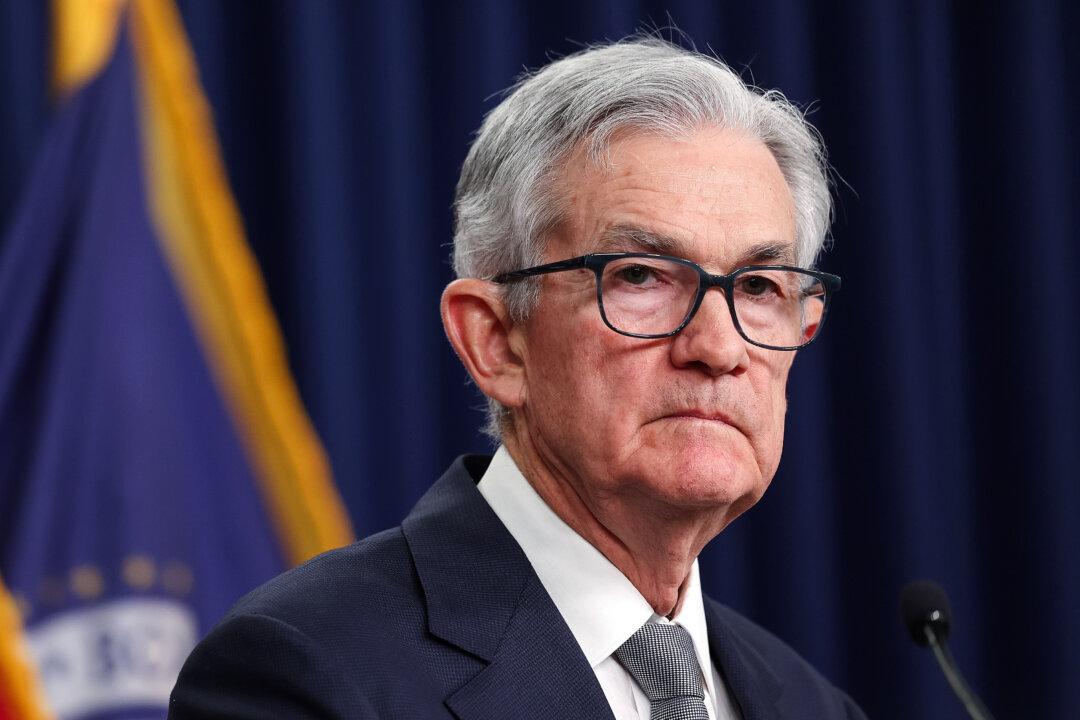Federal Reserve officials agreed it would take longer than previously thought to achieve greater confidence that inflation is moving toward the central bank’s 2 percent target, according to new minutes from the April 1 to May 1 policymaking meeting.
The two-day meeting summary, released on May 22, featured policymakers discussing the causes of the first-quarter inflation increase, with opinions ranging from seasonal distortions to potential broad-based upticks that should not be “overly discounted.”





